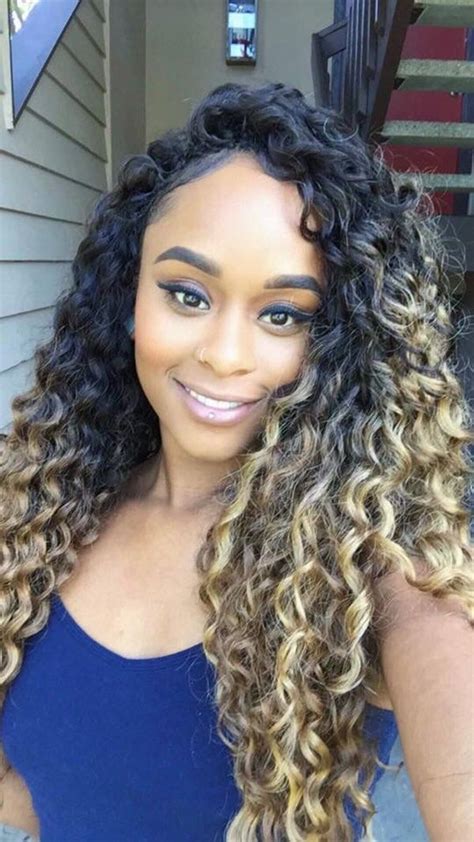What are Human Hair Tree Braids?
Human hair tree braids are a unique and eye-catching hairstyle that has been gaining popularity in recent years. They involve braiding natural human hair into intricate shapes that resemble trees, with multiple branches and leaves. The braids can be customized in length, thickness, and color to suit the wearer’s personal style.

Why Human Hair Tree Braids Matter
Tree braids offer numerous benefits that make them a popular choice for many:
Versatile and Stunning: These braids can be styled in a variety of ways, creating endless possibilities for a unique and personalized look.
Protective: By keeping hair tucked away in braids, tree braids minimize damage from heat styling, chemicals, and environmental factors.
Low Maintenance: Compared to other braiding techniques, tree braids require less frequent maintenance and can last for several weeks.
Human Hair Tree Braids Benefits
- Enhanced Hair Growth: The protective nature of tree braids provides a nurturing environment for hair, promoting healthy growth and preventing breakage.
- Reduced Heat Damage: The braids act as a barrier against heat styling tools, reducing the risk of heat damage and preserving hair integrity.
- Scalp Health: By keeping the scalp covered, tree braids reduce the risk of scalp irritation, dryness, and dandruff.
- Versatility: Tree braids can be styled in a myriad of ways, from loose and flowing to intricate and updo styles.
- Time-Saving: Tree braids are a low-maintenance hairstyle, freeing up time spent on daily hair styling and detangling.
How to Get Human Hair Tree Braids
1. Hair Preparation:
- Wash and deep condition your hair to remove any dirt or product buildup.
- Detangle your hair thoroughly to prevent any tangles or knots from interfering with the braiding process.
2. Braiding Technique:
- Section your hair into small, even parts.
- Start braiding each section from the root, using three strands of hair.
- As you braid, add additional hair from the sides to create the “branches” of the tree.
- Divide the branches into smaller strands and braid those as well.
3. Finishing:
- Secure the ends of the braids with elastic bands or hairpins.
- Add beads, hair cuffs, or other accessories to personalize your style.
Tips and Tricks
- Use high-quality human hair extensions to ensure durability and a natural look.
- Section your hair carefully to achieve even and symmetrical braids.
- Keep your braids moisturized with leave-in conditioners or hair oils.
- Sleep in a satin bonnet or on a satin pillowcase to prevent friction and maintain smoothness.
- Visit a professional hairstylist for the best results and to avoid any damage to your hair.
FAQs
1. How long do human hair tree braids last?
Tree braids can last for 4-8 weeks with proper care and maintenance.
2. How much do tree braids cost?
The cost of tree braids varies depending on the length, thickness, and complexity of the braids, as well as the hairstylist’s experience. Prices typically range from $150 to $500.
3. Can I wash tree braids?
Yes, you can wash tree braids. Use a gentle shampoo and conditioner designed for natural hair, and avoid rubbing or scrubbing the braids.
4. How do I remove tree braids?
To remove tree braids, carefully cut the elastic bands or hairpins securing the ends. Use a detangling brush to gently unravel the braids, working from the bottom up.
5. Is it possible to do tree braids on short hair?
While tree braids are typically done on longer hair, it is possible to create modified versions on hair that is at least shoulder-length.
6. What is the best type of hair for tree braids?
Human hair extensions with a similar texture to your natural hair will blend seamlessly and provide the most realistic look.
Creative Applications: “Sylvanizing”
Beyond traditional styling, human hair tree braids can inspire creative applications in different fields:
Textile Design: Braids can be incorporated into fabrics to create intricate and unique textures and patterns.
Architecture: Braided structures can be used as decorative elements in buildings or as a sustainable building material.
Art Installations: Braided hairpieces can be used to create dynamic and immersive art installations that explore themes of growth, connectivity, and identity.
Custom Jewelry: Delicate braids can be used to create intricate jewelry pieces, such as necklaces, earrings, and bracelets.
Tables
| Type of Braid | Advantages | Disadvantages | Cost |
|---|---|---|---|
| Single Branch Tree Braid | Simple and versatile, suitable for all hair lengths | Can look repetitive | $100-$200 |
| Multi-Branch Tree Braid | Creates a fuller and more elaborate look | Requires more time and skill | $150-$300 |
| Updo Tree Braid | Elegant and formal, perfect for special occasions | May not be suitable for everyday wear | $200-$400 |
| Crown Tree Braid | Majestic and eye-catching, worn on top of the head | Difficult to create on shorter hair | $250-$500 |
| Braid Length | Maintenance | Longevity |
|---|---|---|
| Shoulder-Length | Requires frequent touch-ups and re-braiding | 2-4 weeks |
| Mid-Back Length | Needs less maintenance, but may require additional braiding | 4-6 weeks |
| Waist-Length | Lowest maintenance, can last up to 8 weeks | 6-8 weeks |
| Hair Texture | Suitable Braid Type |
|---|---|
| Straight | Single or Multi-Branch Tree Braids |
| Wavy | Updo or Multi-Branch Tree Braids |
| Curly | Updo or Crown Tree Braids |
| Coily | Modified or Updo Tree Braids |
| Occasion | Braid Style |
|---|---|
| Casual | Single or Multi-Branch Tree Braids |
| Formal | Updo or Crown Tree Braids |
| Special Events | Crown or Updo Tree Braids |
| Everyday Wear | Single or Multi-Branch Tree Braids (with modifications) |
